Lee Hsien Loong to step down: From maths prodigy to Singapore's third Prime Minister
A look back at Mr Lee Hsien Loong's life and political career as he prepares to hand over the reins to Singapore's next Prime Minister Lawrence Wong.
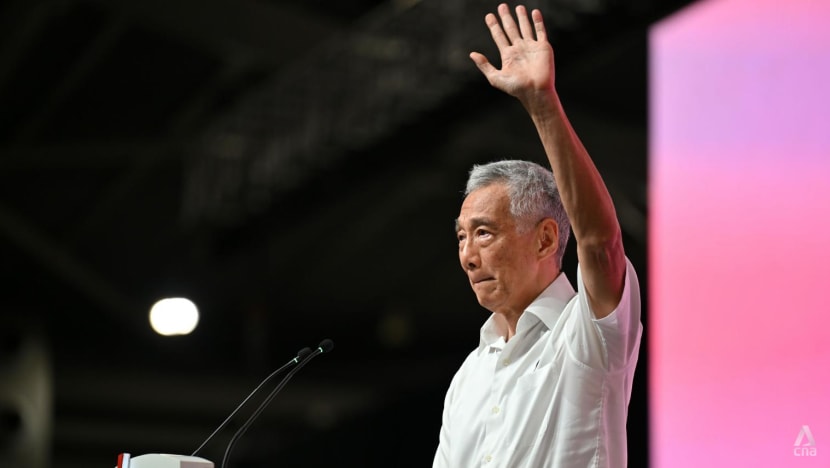
Prime Minister Lee Hsien Loong at the People's Action Party's awards and convention on Nov 5, 2023. (Photo: CNA/Jeremy Long)

This audio is generated by an AI tool.
SINGAPORE: After nearly 20 years heading Singapore’s government, Prime Minister Lee Hsien Loong will step down on May 15.
At 72, Mr Lee is handing over the reins later than intended, due to the COVID-19 pandemic and after a hiccup in succession plans.
The political succession appeared to be taking shape from 2018, when Deputy Prime Minister Heng Swee Keat was tipped to be the next Prime Minister. But in April 2021, Mr Heng, then 60 years old, stepped aside as a candidate for the top job, citing his age as the reason.
A period of uncertainty ensued as Singapore’s fourth-generation, or 4G, leaders mulled over who they would choose as the “first among equals”.
After a year of deliberation, Finance Minister Lawrence Wong was named the successor and, shortly after, he was appointed Deputy Prime Minister. The 51-year-old will be appointed Prime Minister when Mr Lee steps down.
The transition comes 12 years after Mr Lee pronounced in 2012 that he did not want to be Prime Minister beyond the age of 70.
Here’s a look back at Mr Lee’s life and four decades in politics:
POLITICAL AND POLICY MILESTONES
As Singapore's third Prime Minister, Mr Lee led Singapore through several crises and critical changes from 2004 to 2024.
Before Mr Wong takes over this year, a new roadmap for the country has been laid out in the Forward Singapore report. Likewise, Mr Lee led from 2001 to 2003 the Economic Review Committee, which formulated a new blueprint for the Singapore economy.
In the time since, Singapore has seen changes to its Central Provident Fund (CPF) system, significant tweaks to the tax regime, a decisive shift to the services economy and weathered the 2008 financial crisis, as well as the COVID-19 pandemic.
If GDP figures were Mr Lee’s report card, he has certainly scored as the nation’s economic strategist, growing Singapore’s GDP from S$194 billion (US$144 billion) in 2004 to more than S$600 billion last year.
As Prime Minister and the Finance Minister from 2001 to 2007, Mr Lee succeeded in making Singapore’s economy even more sophisticated than it was, and turning the city into a more global city, as a political scientist put it in 2014, 10 years into Mr Lee’s premiership.
In fact, Mr Lee may have grown it too fast at one point. His party was punished by voters in the 2011 General Election, who were unhappy with the high cost of housing and the impact of an influx of foreigners on public infrastructure. Midway through the GE, the Prime Minister apologised to voters for these lapses.
In that watershed election, the PAP lost its first Group Representation Constituency and its vote share fell to a low of 60.1 per cent.
However, Mr Lee himself did not seem to consider economic success his greatest contribution, saying in an interview in 2015 that he was particularly satisfied with the emphasis he has placed on education. On his watch, the pathways for education have opened up and there has been more emphasis on and investment in the Institutes of Technical Education and polytechnics.
Speaking about the next phase of Singapore’s development in that interview eight years ago, he said: “I think that for the next phase, the narrative cannot be a single word, nation-building. It has to be that we live in Singapore, we have a home, this is a place which is quite special.”
Over the years, Singapore has been gradually shifting its stance from aggressively growing the economy towards providing more comprehensive social safety nets and narrowing the income gap. The Gini coefficient, a common measure of income inequality, has fallen in the past decade, even as household incomes trend upwards.
While the COVID-19 pandemic put many countries on the back foot, revealing gaps in public health management and exacerbating inequality, Singapore’s healthcare system was not overwhelmed in the way other cities were even at the peak of the crisis.
Singapore’s ample financial reserves, which bankrolled substantive COVID-19 support measures helped the economy pull through relatively unscathed.
Through it all, Mr Lee addressed the nation numerous times, communicating clearly the highly fluid situation and COVID-19 restrictions, rallying citizens in one of the most severe crises in modern times.
Mr Lee has also had to navigate an ever-evolving electorate on issues of race, religion and social mores. Notably the controversial Section 377A – a colonial-era law that banned gay sex – was repealed in 2022, after years of tussle among different segments of society and activists.
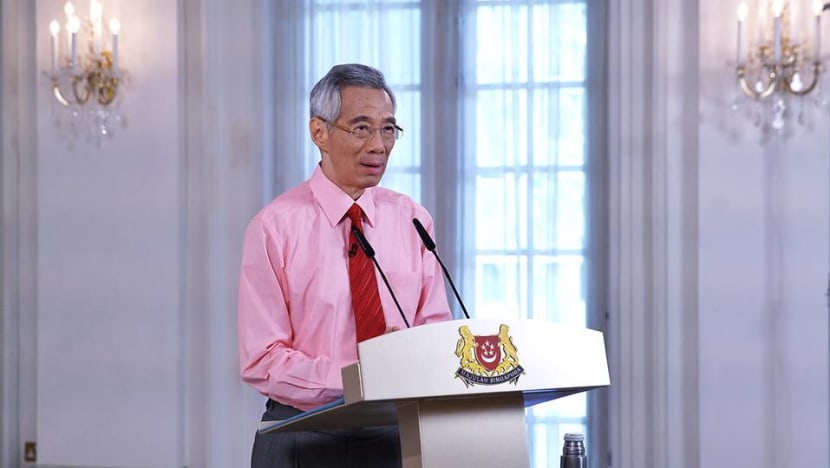
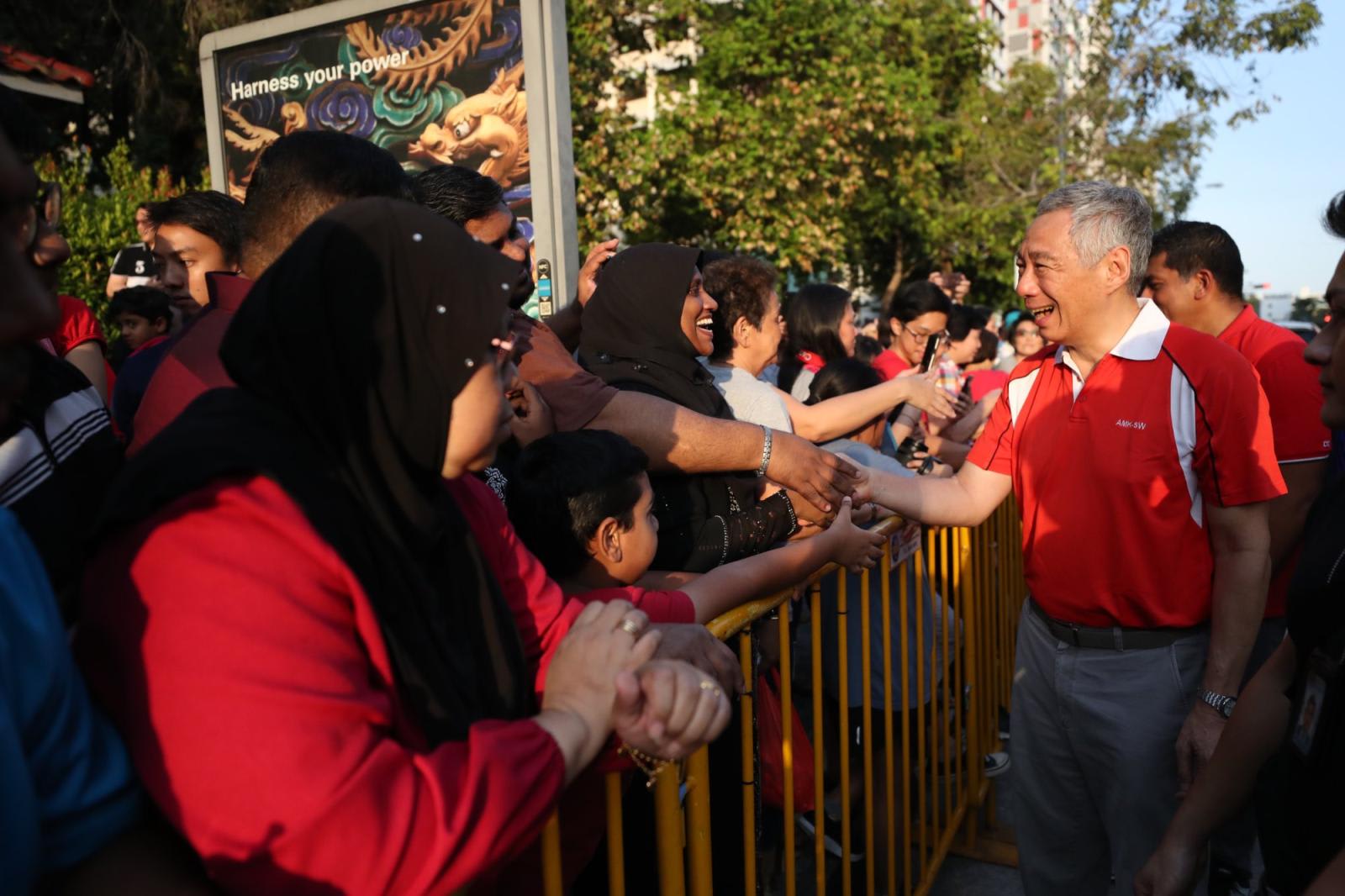
WOULD-BE MATHEMATICIAN
But he could have taken an entirely different path.
Born in 1952, the eldest son of Singapore’s first Prime Minister Lee Kuan Yew was an impressive mathematician in school.
The young Mr Lee was a President’s Scholar and also received the Singapore Armed Forces scholarship to read mathematics at Cambridge University in the UK. He graduated in 1974 as a Senior Wrangler in the Mathematics Tripos – equivalent to first-class honours. He also had a diploma in computer science, with distinction.
In an interview with the Singapore Mathematical Society in 1994, Professor Béla Bollobás who had taught Mr Lee at Cambridge, said: “He graduated at the top of his class, and he really won by a street. The one who came second has now become a world-class mathematician, but it was clear to everyone at the time who was the better one.”
In another interview in 2007, Prof Bollobás emphasised that Mr Lee was “truly outstanding”: “Loong was not only hardworking, conscientious and professional, but he was also very inventive. All the signs indicated that he would have been a world-class research mathematician.”
In 2023, Mr Lee was asked if he regretted not becoming a mathematician in an interview with Chinese broadcaster CCTV. He said no, and that he was just a “promising student”.
“I did two undergraduate years in mathematics, so it is just barely at the foothills. I enjoyed it, I was not bad at it, but there are many more talented and brilliant mathematicians in the world than me,” he said.
“I decided that I had the responsibility to come back to Singapore, be part of Singapore, and do what I could to help the country to succeed. It is a small country, it was at that time a very new country – the first few years of independence, and every bit of every person who could make a difference should make a difference. I thought I would like to do that and do my best, and I think that is the right thing to do.”
ENTERING POLITICS
That was what Mr Lee did on completing his studies at Cambridge, joining the military and achieving the rank of Brigadier-General by age 32.
One highlight of his army career was the 1983 rescue of 13 cable car passengers, after the cableway to Sentosa island snapped. Mr Lee, then a colonel, had directed the rescue operations.
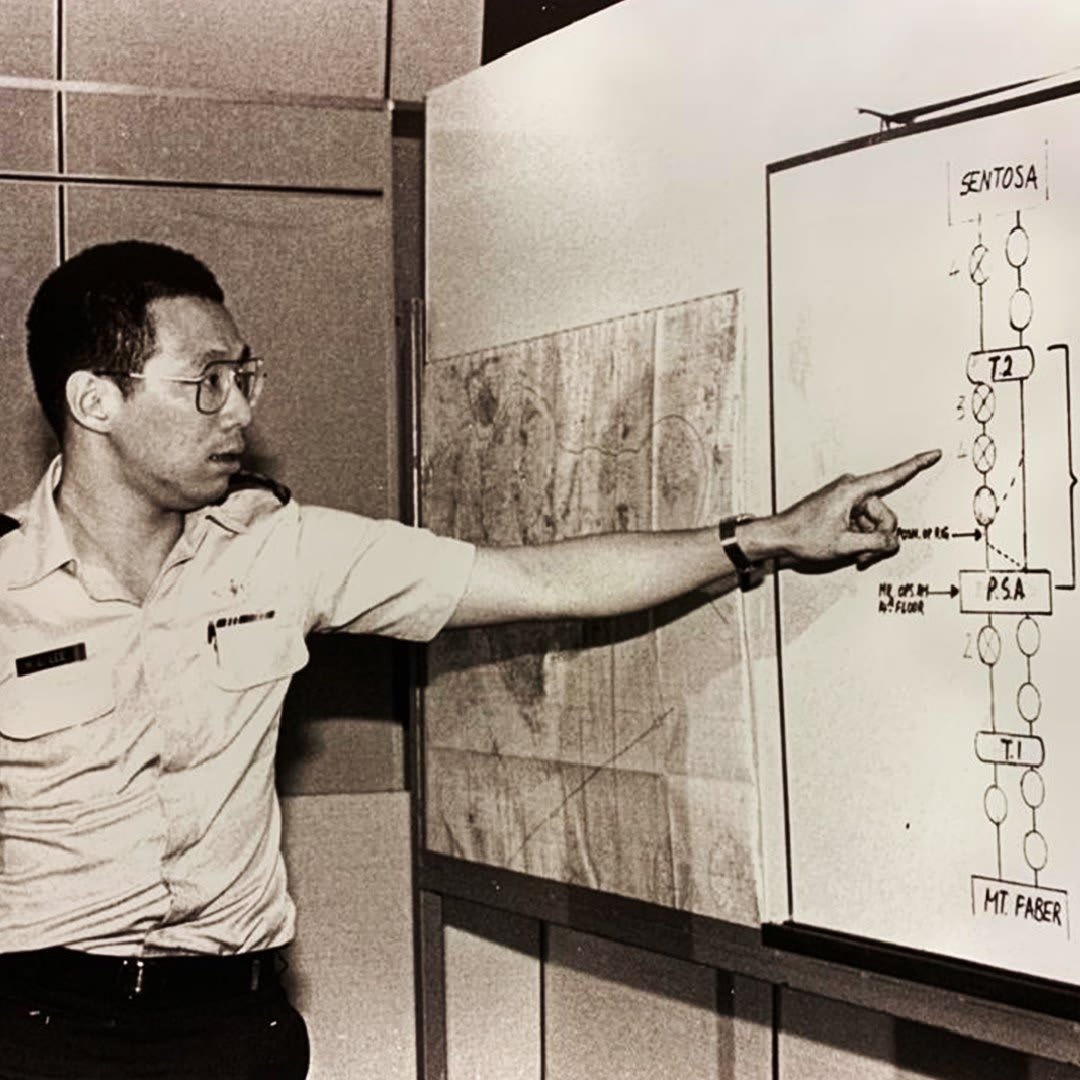
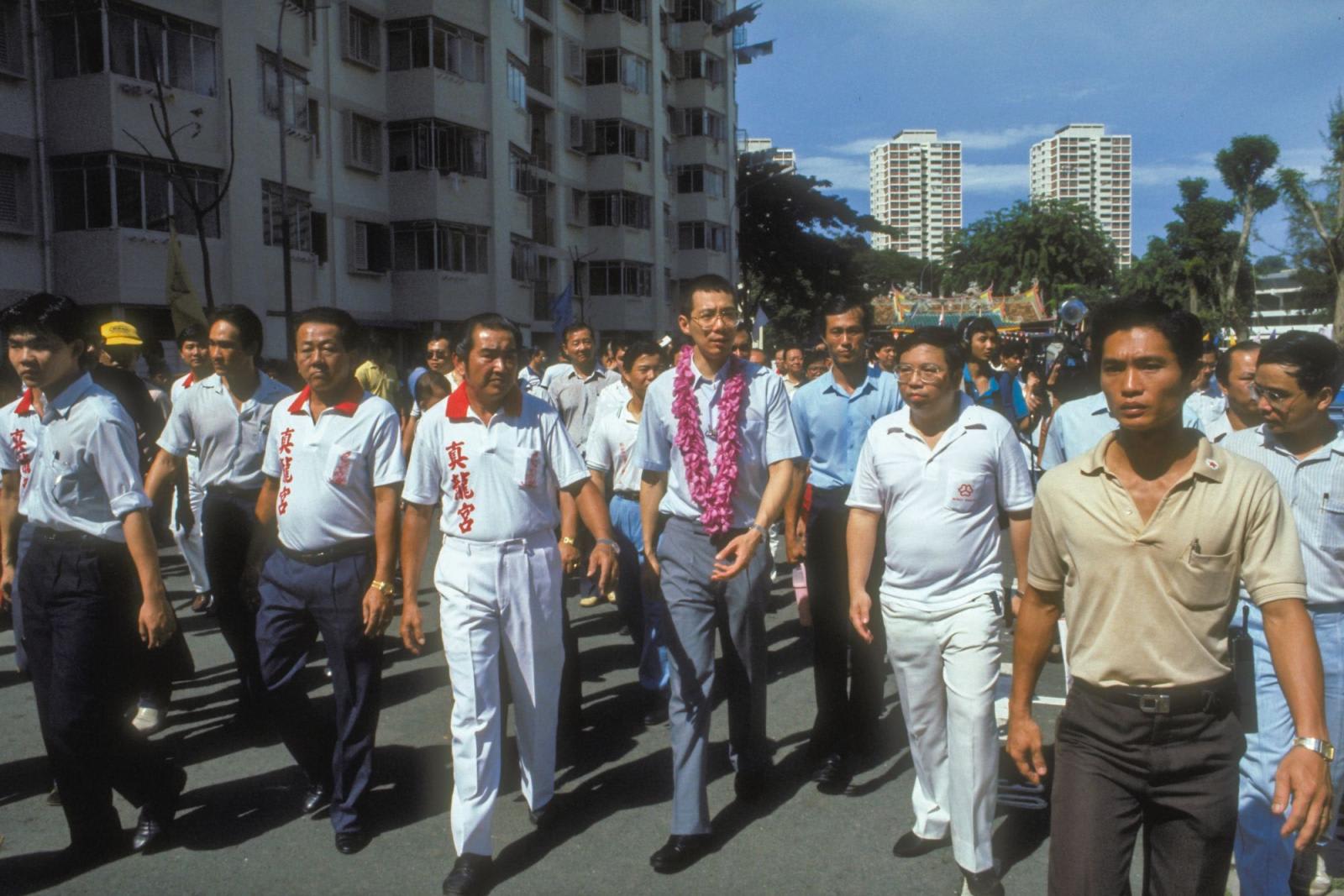
Many assume that Mr Lee had been earmarked for politics as the eldest child of Singapore’s founding Prime Minister, but both he and his predecessor, Emeritus Senior Minister Goh Chok Tong have said it was Mr Goh who suggested Mr Lee enter politics.
Speaking at the launch of Mr Goh’s autobiography Standing Tall in 2018, Mr Lee said when Mr Goh was Defence Minister, he was in the General Staff of the armed forces. It was then that Mr Goh had asked Mr Lee to join politics, the Straits Times reported him as saying.
In 1984, Mr Lee left the Singapore Armed Forces to stand in his first general election, winning the Teck Ghee ward with 80.38 per cent of the votes.
Shortly after becoming an MP, Mr Lee was appointed Minister of State for Trade and Industry and for Defence. He was also Second Minister for Defence and Minister for Trade and Industry in the 80s and early 90s.
When Mr Goh succeeded Mr Lee Kuan Yew as prime minister in 1990, Mr Lee Hsien Loong became his deputy, and was seen as the heir apparent long before he stepped up to the top post.
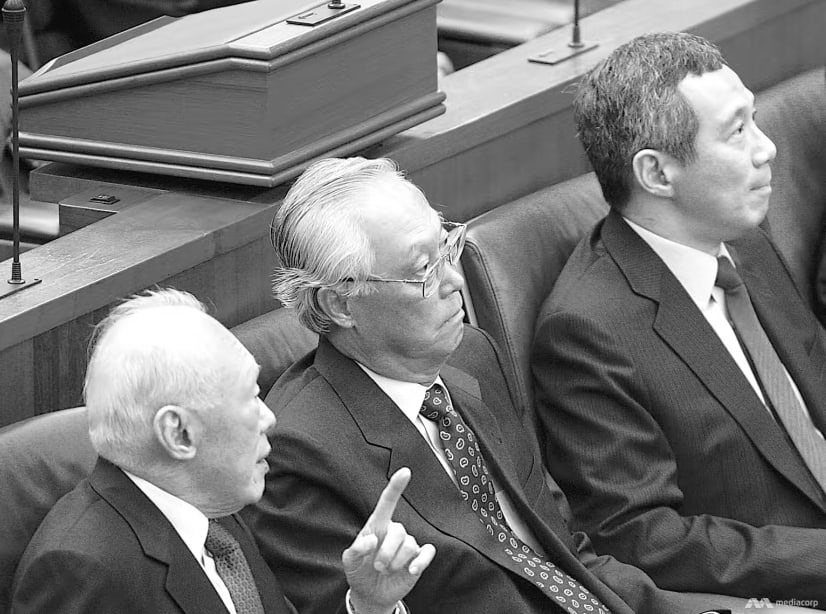
BECOMING PRIME MINISTER
But his path to becoming Prime Minister was not without uncertainty.
In November 1992, Singapore politics made international news when its two deputy prime ministers – Mr Lee Hsien Loong, then 40, and Mr Ong Teng Cheong, then 56 – were both diagnosed with lymphoma, a cancer of the lymphatic system.
This put succession plans in doubt, but in April 1993, after six cycles of chemotherapy, Mr Lee was said to be in full remission. The cancer never returned.
The wheels were put into motion in May 2004. A group of ministers met and unanimously nominated Mr Lee to be their next leader, while a caucus of PAP MPs on May 28 supported him as their leader to succeed Mr Goh, said a statement from the People’s Action Party (PAP). After these two meetings, the PAP central executive committee met and endorsed him as Prime Minister.
About a month before he took over, the would-be Prime Minister visited Taiwan – a move that angered China. Mr Lee said in an interview that before becoming Prime Minister, he wanted to assess for himself how the situation may evolve at a potential flashpoint.
He was sworn in as Singapore's third Prime Minister on Aug 12, 2004.
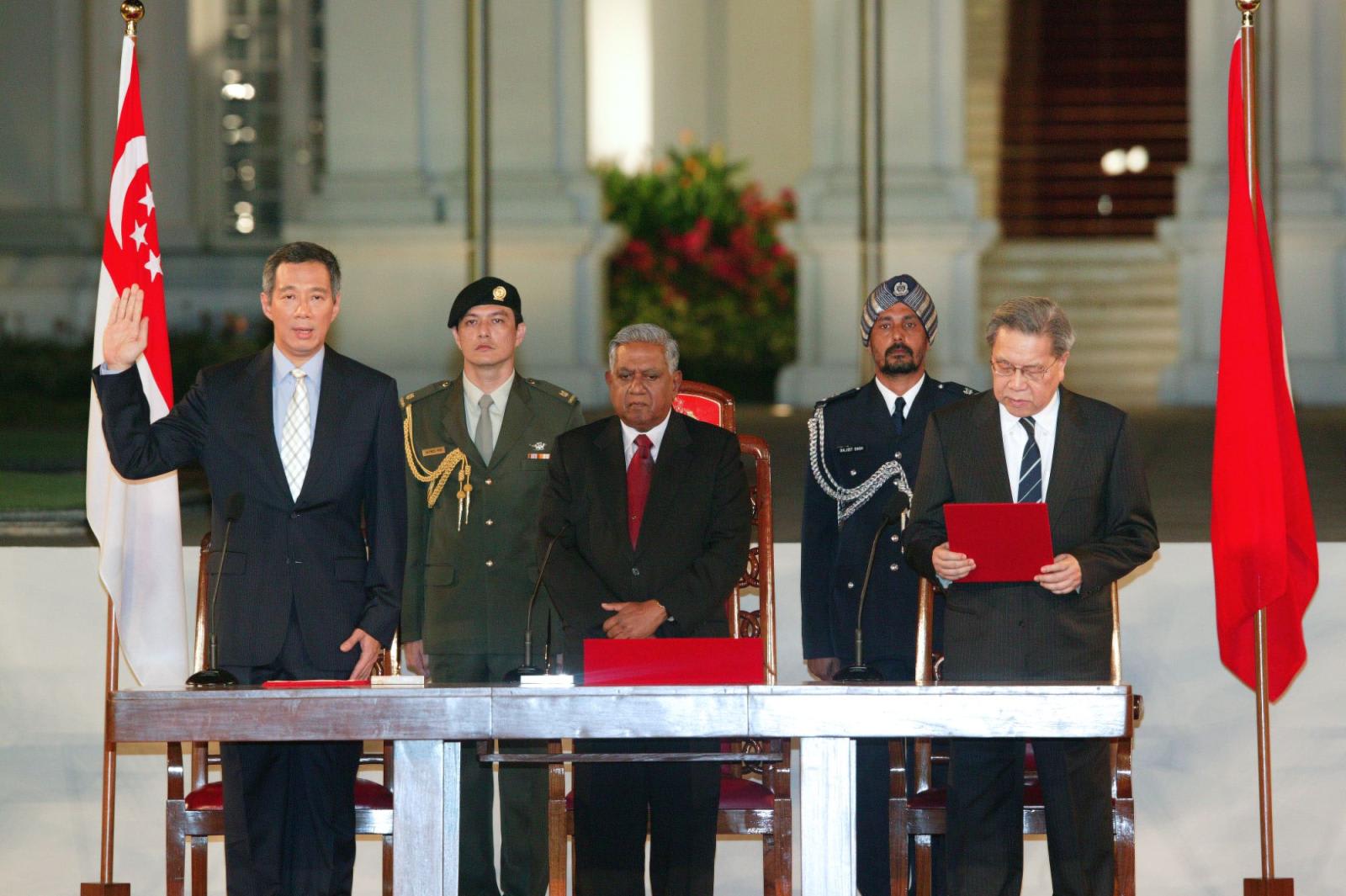
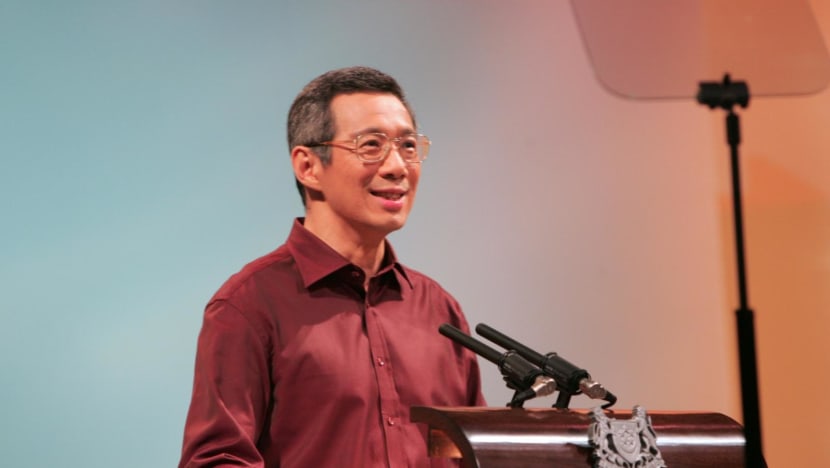
Lee Hsien Loong's rise to Prime Minister
Mr Lee Hsien Loong was born on Feb 10, 1952.
In his early years, he attended Nanyang Primary, Catholic High School and National Junior College, and was awarded the President's Scholarship and the Singapore Armed Forces (SAF) Scholarship.
In 1971, he completed the Officer Cadet Course and was commissioned as 2nd Lieutenant in the SAF.
In 1974, he graduated from the University of Cambridge as a Senior Wrangler in the Mathematics Tripos and with a Diploma in Computer Science (with distinction).
He was a Mason Fellow at the Kennedy School of Government, Harvard University; graduating in 1980 with a Master's Degree in Public Administration.
After graduating from university, he joined the SAF and retired in 1984 at the rank of Brigadier-General.
After entering politics, Mr Lee was the Member of Parliament for Teck Ghee, which later joined with other wards to become Ang Mo Kio GRC, from 1984 to 2024
His ministerial posts include:
1984-1987 Minister of State for Ministry of Trade and Industry, and Ministry of Defence
1987-1990 Second Minister for Defence
1987-1992 Minister for Trade and Industry
1990-2004 Deputy Prime Minister
2001-2007 Minister for Finance
2004-2024 Prime Minister
Mr Lee has fought and won four General Elections as Prime Minister, in May 2006 (66.6 per cent); May 2011 (60.1 per cent); September 2015 (69.9 per cent) and July 2020 (61.2 per cent).
A SOFTER SIDE
At the 2003 National Day Rally, the last delivered by Mr Goh, the then-Prime Minister felt the need to reassure Singaporeans about his successor’s leadership style.
Mr Goh said: “Loong's public persona is that of a no-nonsense, uncompromising and tough minister. Singaporeans would like Loong to be more approachable.”
He added: “I believe that Loong will find his own way to establish rapport with you. He is not me, and he is not his father … I have told Loong that he has to let his softer side show.”
At that time, Singaporeans knew little about Mr Lee beyond his ministerial persona and some sparse details about his first marriage.
He had married in 1978 Dr Wong Ming Yang, who died in 1982 at age 31, leaving behind two young children, a daughter and a son. He later married Ho Ching in 1985, and they have two sons.
A 2003 Straits Times interview said that even years later, Mr Lee blinked back tears when asked about his first wife, saying that his “whole world fell apart” when she died. It was a “glimpse” of the man behind the public persona, said the article, which also had anecdotes about Mr Lee from close friends, and what he does for leisure (listen to classical music).
It’s hard to reconcile that earlier stern image with the Prime Minister Singaporeans have come to know. Social media has certainly contributed, allowing netizens a peek at Mr Lee’s softer, and sometimes geekier, side. For instance, his love of photography and computer programming, which has won him fans. One of his Facebook posts even went viral in 2015 after he shared that he had written code in C++ for a Sudoku puzzle-solver.
His Facebook page hit 1 million "likes" in 2016 and the number of his followers has since risen to 1.7 million. This makes him the most popular Singapore politician on the social media platform, even surpassing some world leaders.
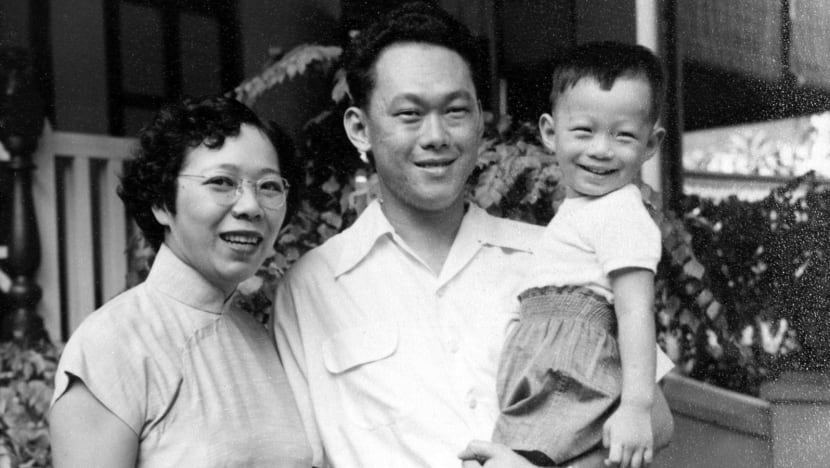
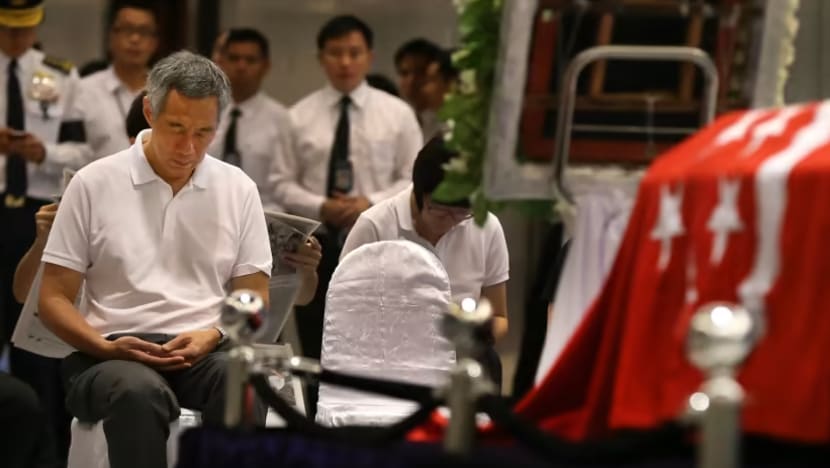
But social media was also the medium through which the fissures in the Lee family were laid bare for all the world to see.
In June 2017, Mr Lee’s siblings, brother Lee Hsien Yang and sister Dr Lee Wei Ling, posted on Facebook a statement denouncing their brother. They accused him of misrepresenting the late Mr Lee Kuan Yew for political gain and that the elder Mr Lee had wanted the family home at 38 Oxley Road to be demolished.
The Prime Minister denied the claims and a two-day debate was held in Parliament to clear the air. He apologised to Singaporeans for the dispute, which affected the country's reputation and citizens’ confidence in the government. He has recused himself from discussions on the house.
The convoluted saga continues, and Mr Lee Hsien Yang and wife Lee Suet Fern are now in self-exile after refusing to attend police interviews in a perjury probe.
On Sep 16, 2023, which would have been the late Mr Lee Kuan Yew’s 100th birthday, Mr Lee posted a tribute to his father on Facebook, and added: “The Singapore story doesn’t end here. May we always have the resourcefulness, courage and conviction to take Singapore forward. Majulah Singapura!”
Comparisons to his father Lee Kuan Yew now rarely come up. After all, the challenges the two have had to face have been very different, and at the end of his two-decade term, Mr Lee Hsien Loong will leave behind a very different Singapore from the newly independent nation Mr Lee Kuan Yew had governed.
Editor's note: This article has been amended to correct the date of Lee Kuan Yew's birthday. We apologise for the error.

















